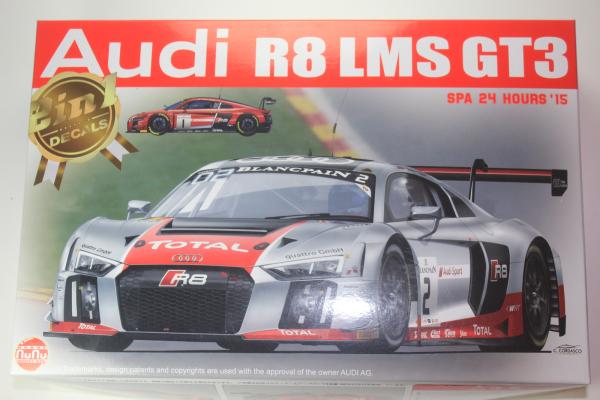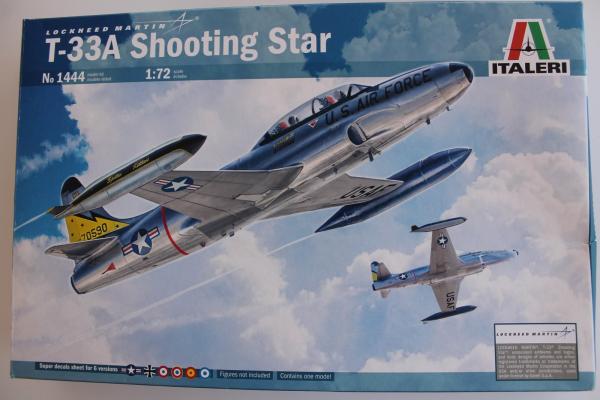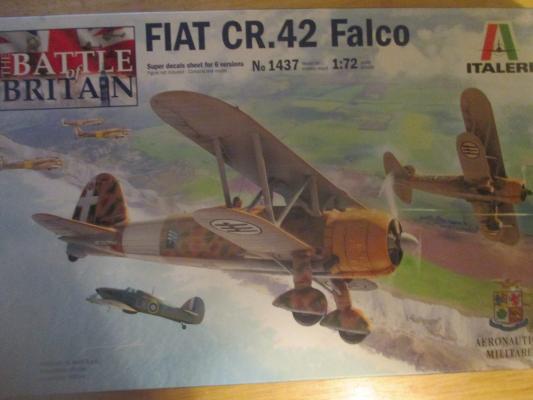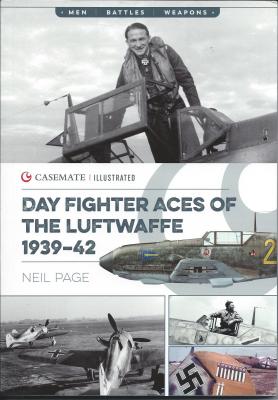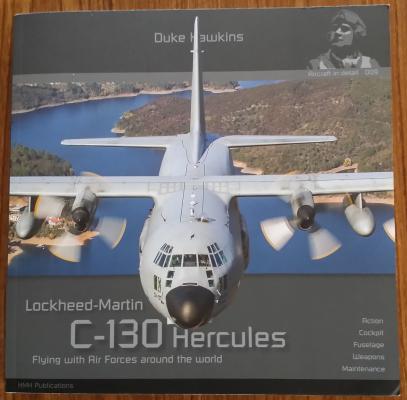The Audi R8 GT3 is a mid-mounted V10 engine sports car produced by Audi to compete in the GT3 touring car racing series. This series is based on a vehicle that must be available for sale to regular consumers with minimal changes. Due to the low cost for entry to the GT3 race series, many teams have taken part and the Audi R8 LMS GT3 version has been delivered to many racing teams around the world. It is very active in both endurance and GT races. This new kit from PLATZ reproduces the AUDI R8 LMS GT3 from the 24-hour Spa race in 2015 in 1/24 scale. My example also included the Detail Up set specifically for this kit from NuNu.
Welcome to the IPMS/USA Reviews site!
Introduction: The primary organization of the IPMS/USA Review website is by IPMS/USA National Contest Class. Within each Class there are sub-menus by kits, decals, books, etc. The Miscellaneous Class is for items that are not class specific or that cross two or more classes.
IPMS/USA Members: We encourage you to submit reviews, both here and to the Journal. To volunteer for membership in the IPMS/USA "Reviewers Corps" and submit your own reviews, please read the Guidelines For Submitting Product Reviews.
Manufacturers, publishers, and other industry members: IPMS/USA is pleased to offer your company the opportunity for product reviews. All product reviews are performed by IPMS/USA members, and are posted in the publicly-accessible section of our website. With very few exceptions, we perform full build reviews of new kit releases, aftermarket products, and supplies. If you would care to provide product samples for review, please contact John Noack, IPMS/USA 1st VP.
To learn more about IPMS/USA, please see our About Us page.
History
The Lockheed T-33A, a two seat variant of the original Lockheed P/F-80 “Shooting Star” is perhaps one of the best known non-combat aircraft used by the U.S. Air Forces, along with the Navy, Marine Corps, and many foreign air forces. First developed in 1947, the prototype was a converted F-80C fighter with a two seat cockpit and deleted armament. First designated TF-80C, production began in 1949, and the type remained in production until 1959. Navy versions were called TV-2, and later T-33B. Nearly 6,000 were produced, and the type was also used by many foreign air forces, and was also built under license in Canada and Japan. They have since been replaced by the Northrop T-38 series, but many civilian licensed T-33’s are flown by wealthy warbird enthusiasts, and they are occasionally to be seen at civilian fly-ins throughout the country. In addition, many T-33’s were assigned to Air National Guard units in the U.S.
History
The Fiat CR-42 was a development of the CR-32 biplane fighter designed by the noted Italian designer Celistino Rosatelli. It first appeared in 1938, and featured an 846 hp. Fiat A.74 radial engine and a “warren truss” wing strut arrangement instead of the usual biplane arrangement. The plane was all metal with mostly fabric covering, and was armed with two 12.7 mm Breda SAFAT machine guns firing through the propeller arc. The idea was to produce a fast, light, highly maneuverable fighter that coupe compete with the monoplane fighters then being produced by other European countries. It was better than nearly all of the biplanes then in service, but of course was outclassed by the more modern monoplane fighters then being introduced.
This book is from the Men, Battles, and Weapons series. It has 10 chapters after a timeline and introduction. The book is profusely illustrated including a few rare color photos.
Chapter one covers the Polish Campaign and the Phony war as well as early success by Galland and Pingle. Chapter two covers the war in the west. Chapter three by far the book’s largest at 21 pages covers the war over England in 1940. Chapter 4 is the lead up to Barbarossa. Chapter 5 covers the Barbarossa campaign and the 5046 claimed Luftwaffe victories between 6/22 and 9/30/1941. Chapter 6 covers the 1941 battles in Africa. Chapter 7 returns us to over the English Channel in 1941 with the last 3 chapters covering the Eastern front, over the West and the Mediterranean respectively. The book concludes with an afterward where there is discussion of the concentration on victories, promotions and honors, then the usual glossary, bibliography and index.
The first flight of the famous C-130 “Hercules” turboprop aircraft was on August 23, 1954, with the first production C-130 making its maiden flight on April 7, 1955. The aircraft has been in continuous production since, with over 2500 manufactured to date.
Written by Robert Pied and Nicolas Deboeck, this incredible book is an invaluable resource for modelers. Its 196 pages with over 550 photos show the C-130 in incredible detail. Photos of the interiors of the wheel wells, many open panels, and interior photos that show parts of the “Herk” that, until now, mostly maintainers saw. I was a maintainer (also known as a “Crew Chief”) who worked on C-130 “Herks” for over 25 years, and this book brought back many memories.











